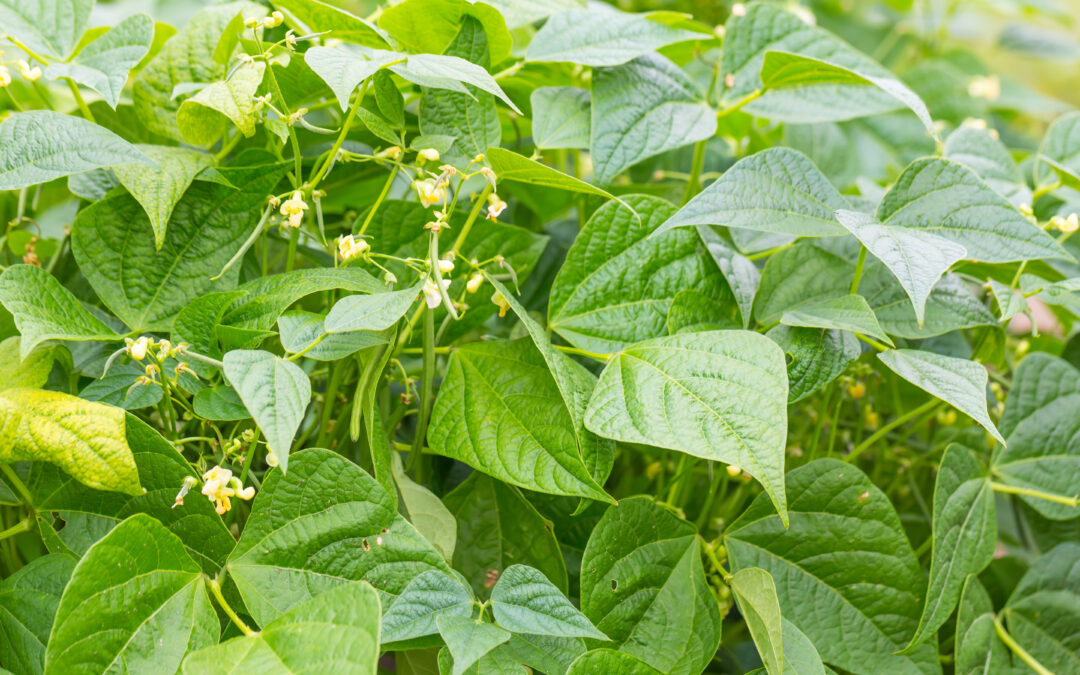Welcome to the world of organic gardening! Whether you’re a seasoned gardener or just starting out, there are many benefits to growing your own produce using natural methods. In this guide, we’ll cover everything you need to know to get started with your very own organic garden.

Introduction to Organic Gardening
Organic gardening is a method of growing plants without the use of synthetic fertilizers and pesticides. Instead, it relies on natural techniques such as composting, crop rotation, and companion planting to keep plants healthy and productive. By choosing organic gardening, you’re not only reducing your environmental impact but also providing yourself with fresh, nutritious food that is free from chemicals.
The Benefits of Going Organic
There are numerous benefits to choosing organic gardening over traditional gardening methods. Here are some of the top reasons why you should consider going organic:
Reduced exposure to chemicals: Synthetic pesticides and fertilizers can be harmful to both humans and the environment. By choosing organic gardening, you’re reducing your exposure to these chemicals and creating a safer space for your family and community.
Improved soil quality: Organic gardening focuses on building healthy soil through practices like composting and mulching. This results in better water retention, increased nutrient availability, and improved overall soil structure.
Better taste and nutrition: Plants grown organically tend to have better flavor and nutritional content than those grown with synthetic inputs. When you grow your own produce, you can ensure that it’s fresh and packed full of vitamins and minerals.
Choosing the Right Plants and Seeds
One of the most important steps in organic gardening is selecting the right plants and seeds for your climate and growing conditions. Consider the following factors when choosing your crops:
Sunlight requirements: Different plants require varying amounts of sunlight to thrive. Make sure you choose varieties that will work well in your specific location.
Soil type: Different plants prefer different types of soil. Some like acidic soils while others prefer alkaline soils. Choose plants that match your soil type to maximize success.
Water needs: Not all plants require the same amount of water. Choose varieties that fit your watering schedule and needs.
Preparing Your Soil for Planting
Soil preparation is an essential step in organic gardening. To prepare your soil for planting, follow these guidelines:
Remove any existing vegetation or debris from the area.
Till the soil to break up clumps and create a smooth surface.
Add compost and other organic matter to enrich the soil and improve its structure.
How to Water Your Garden Effectively
Watering your garden effectively is crucial for maintaining healthy plants and producing abundant harvests. Here are some tips for efficient watering:
Use a drip irrigation system instead of overhead sprinklers to reduce waste and target water directly where it’s needed.
Water early in the morning before temperatures rise to minimize evaporation.
Avoid overwatering by monitoring soil moisture levels regularly and adjusting your watering schedule accordingly.
Common Pests and Diseases in Organic Gardens
Even with careful management, pests and diseases can still occur in organic gardens. Here are some common issues you may face and how to address them naturally:
Pests: Encourage beneficial insects like ladybugs and lacewings to control pest populations. You can also make homemade remedies like garlic spray or neem oil to repel pests.
Diseases: Rotate crops to prevent disease buildup in the soil. Also, practice good sanitation by removing any infected plants or debris promptly.
Tips for Harvesting Your Crops Successfully
Harvesting your crops at the optimal time is critical for maximum yield and best flavor. Here are some tips for successful harvesting:
Check plants frequently to monitor progress and avoid missing the prime harvest window.
Pick produce when it’s ripe but not overripe to ensure peak flavor and texture.
Store produce properly after harvesting to extend shelf life and preserve quality.
Storing Your Produce Properly
Proper storage is key to preserving the quality of your harvest. Follow these guidelines for storing your produce:
Keep fruits and veggies dry and cool to prevent spoilage.
Use paper bags or plastic containers to store root crops like carrots and potatoes.
Freeze excess produce if you can’t eat it all immediately.
Troubleshooting Common Problems in Organic Gardens
Despite your best efforts, problems can arise in organic gardens. Here are some common issues and how to address them:
Poor germination: Try soaking seeds overnight before planting or using a heating pad to encourage seedlings to emerge.
Wilting plants: Check soil moisture levels and adjust watering schedule accordingly. You may also want to add more organic matter to the soil to improve structure and water retention.
Conclusion: Next Steps for Beginning Your Own Organic Garden
Congratulations on taking the first step towards organic gardening! With these tools and tips, you’re well on your way to growing your own delicious, nutritious produce while reducing your environmental impact. Remember to stay patient and persistent, and always prioritize sustainable practices. Happy gardening!



